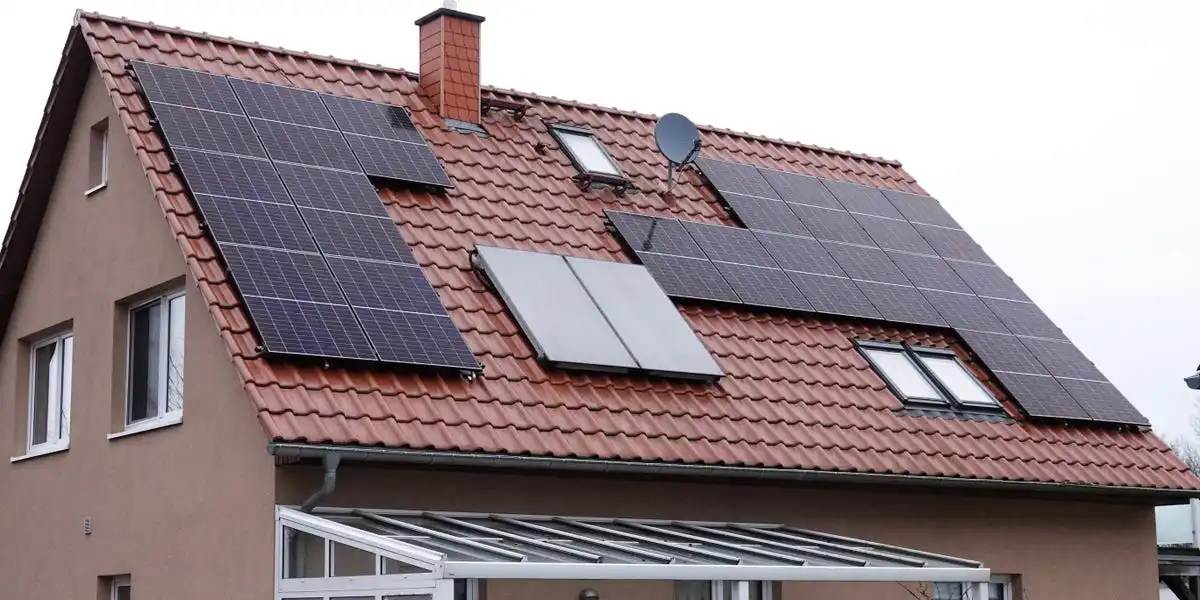Solar panels — 80% of which are made in China — are so cheap that they’re now being used to line garden fences in Germany and the Netherlands, the Financial Times reported on Tuesday.
Vertically installed solar panels are actually not a bad idea in some places so the headline is a bit misleading.
They link out to this which imo is the real story
https://www.pv-magazine.com/2024/01/16/solar-fences-stand-out-in-australian-market-simulation/
TLDR solar fences work pretty well
They can actually be more efficient. They can reflect heat remaining cooler and not be essentially thermally throttled. You can also put them in a denser array
“Flooded the market,” usually called “met demand.” The West is so weird whenever China is involved.
Sounds like they exceeded demand, if people are using them in this way. Thus, the use of the word “flooding” (met = saturated, flooding = over-saturated).
“using them in this way” yields more power, better efficiency, and easier maintenance …
They mention in the article it’s specifically NOT as efficient due to not being angled properly, but that it doesn’t really matter if they’re so cheap. You know, because of the flooding of the market.
There are probably a lot of people that can only afford solar at the prices they are now. Why concentrate on a handful of idiots that built fences with them instead of the thousands that are now able to install them on their roof when they couldn’t a few years ago.
Articles like these feel manipulative. Cheap solar is never ever a bad thing. I hope they get cheap enough people slap them on umbrellas.
That’s fair!
They aren’t as efficient as a single panel angled the right way, but when you can buy more panels for less and still generate the same or more power, that is a definition of efficiency.
I think there are a number of factors at play here.
While flooded the market is somewhat fair it isn’t the whole story.
Supply is exceeding demand and that is causing a drop in prices. But an excess I’m supply and price reduction makes it’s own demand. I think supply will keep increasing with prices coming down and demand growing massively.
China absoultely does illegal and shady business practises. They do goverment sanctioned predatory pricing to kill of competition. Like they did with Germany, but having said it’s almost certain their costs now are way below the price they set that killed the German competition. They also do things like monopolise raw materials, steal technology and force African countries into giving them below market rate resources.
China does have a lot to answer for. But in terms of the subsidisation of the solar industry (as well as battery) I think they should be commended. My opinion here: I do think if the EU did this then America would still call it un fair market practise (which it is but in this case it is good). But if America did it and became the largest supplier of solar panels to the world they would act like they are great and the only reason other countries can’t do it is because they aren’t as good as America.
bifacial vertical solar panels (BVPV) – Have we been doing Solar all wrong all along? / Piped / Invidious
??? so fucking shut down the coal plants then
China is building more coal plants but might burn less coal
Coal will take on the role of ‘peaker plants
https://www.sustainabilitybynumbers.com/p/china-coal-plants
Wait for a year or two. Then the west will have nothing on China.
Interesting article well worth the read thanks.
You’re welcome.
You convinced me ti post it as as standalone post. Lemmy can do with more content so I figured why not.
Erecting vertical solar panels as fencing is an optimal configuration which can reduce support structures, reduce or eliminate cleaning of the photovoltaics, and provides a dual use in terms of fencing in northern and southern borders of plots of land. You can increase structural stability by arranging the panels in a zig-zag pattern much like the wavy single-brick walls used in Britain which adds strength in the in-plane direction. At the junctions, install vertical fenceposts or rigid stakes and the install is dead easy. This configuration is not suited for equatorial regions but northern or southern latitudes only see a 20-30% drop in efficiency at the extreme solar elevations, making this actually a very good solution for those areas of the globe.
Sounds like a good way to get some free energy.





